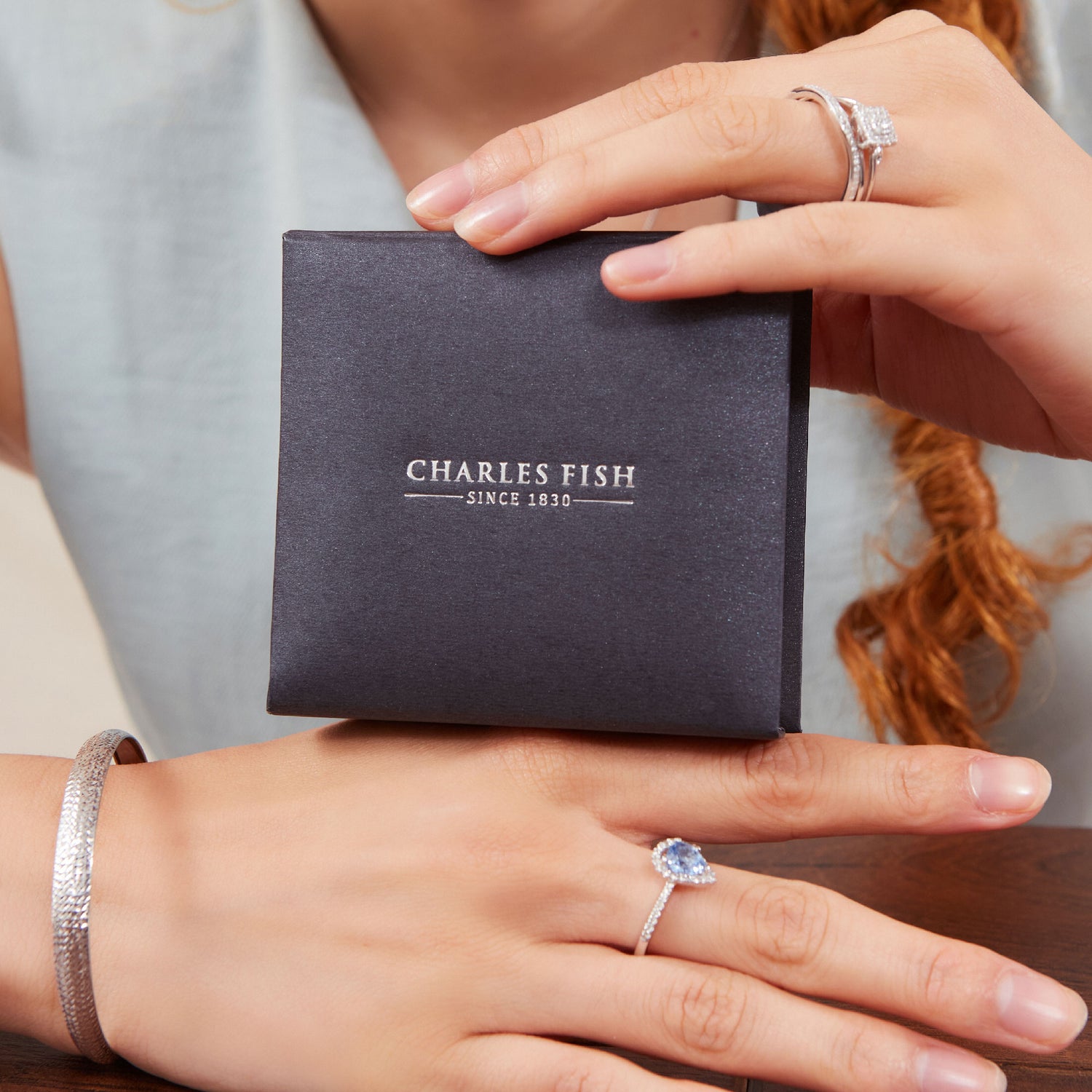It was with bated breath that watch collectors worldwide visited and observed Baselworld in 2013; all eager to see what Rolex would release in order to celebrate the 50th anniversary of what is arguably the most desirable watch of all time, the Rolex Daytona.
What was released certainly came as a surprise to some as its initial reception was best described as mixed. Popular opinion was the watch released would be a steel Daytona with a new ceramic bezel but this was far from the case (The watch world would have to wait another 3 years to see this watch in the flesh!). Following the release of the Everose Daytona two years prior in 2011, the world knew Rolex was capable and willing to put a Cerachrom ceramic bezel on its beloved Daytona. It had certainly proved popular as the new material of choice amongst the rest of the professional range; the Submariner and GMT-Master II. Instead, Rolex chose to release a platinum Daytona, with an ice blue dial and chesnut brown Cerachrom ceramic bezel, the 116506. To some, this possibly disappointed but when you dig just a little deeper below the surface you begin to realise there is certainly some substance to how special this watch is.

Firstly, consider the material choice. Its case, screw down crown and pushers, Oyster bracelet, and folding Oysterlock with Easylink clasp are all manufactured in solid platinum 950; by many considered the noblest of all the precious metals. It has fantastic properties ideal for the jewellery and watch industry. Platinum is 34% heavier than 18ct white gold, and that weight difference is certainly noticeable when on the wrist. Platinum is also more durable than gold. In fact, due to platinum’s density and strength it does not “scratch” in the same way as gold. This causes it to develop a satiny finish, known as “patina” in the jewellery industry… and what watch collector doesn’t love a stunning patina? At the time, it was also believed that this was the first Daytona to have ever been manufactured in platinum. However in 2020, a possibly unique piece emerged in a Sotheby’s auction; a Platinum Daytona with a blue lapis dial dating to 1999. None the less, it is still safe to say this is watch is still the first, and only, platinum Daytona to be found in any official Rolex catalogue.
The dial itself is Ice-Blue; a colour reserved only for watches manufactured by Rolex entirely in Platinum. Prior to this release this dial colour was most frequently associated with the Rolex Day-Date II. To anyone in the know, this instantly identifies a special quality in the watch otherwise not possible to identify without closer inspection, its material. Its chronograph subdial are framed or “snailed” in a Chestnut brown, which matches its Cerachrom ceramic tachymeter bezel of the same colour. Now, personally when I hear the word “brown” used to describe something, rarely does this conjure up any notion of excitement and wonder. However, on the Platinum Daytona, the depth, richness and warmth of the bezel needs to be seen to fully understood. It’s unknown what came first, the dial or the bezel, however it is undeniable that the two do perfectly match. Possibly the only disappointment is in the materials used for the white metal hands, and batons. One might, quite naturally, assume they were platinum, as would be in keeping with the watch. Alas, they are in fact white gold, as is the same with the vast majority of Rolex watches.

Regarding its movement, the Rolex Calibre 4130 was not new, but none the less still a remarkable movement. First introduced in the year 2000, it was the first watch to feature Rolex’s patented Parachrom hairspring. Famous for its anti-magnetic properties, as well temperature and shock resistance. It was further improved in 2005 with an oxide coating, creating the now famous blue colour, and resulting in a longer life span for the part. It has a 72-hour reserve, 44 jewels and a frequency of 28,800 bph resulting in the second hand sweep one associates with a Rolex.
In reflection, I think those that were disappointed at Baselworld in 2013 where those clambering after a new steel Daytona; because ultimately, the steel Daytona is the “every day” mans watch. What was produced however was very far from that. A watch for a true Cosmograph Daytona aficionado; a watch only they could truly appreciate for its rich depth of history and character. And that, and only that, is just right to mark the 50th Anniversary for such an iconic watch.
Fast forward seven and a half years to the time of writing, and the Platinum Daytona is still in production, with waiting lists worldwide; but for how much longer? For a watch considered to be an anniversary piece most would agree that its days are certainly numbered. Regardless however of whether this watch is discontinued next year, or the year after this watch will certainly be one that any Daytona fan will own or aspire to own.













